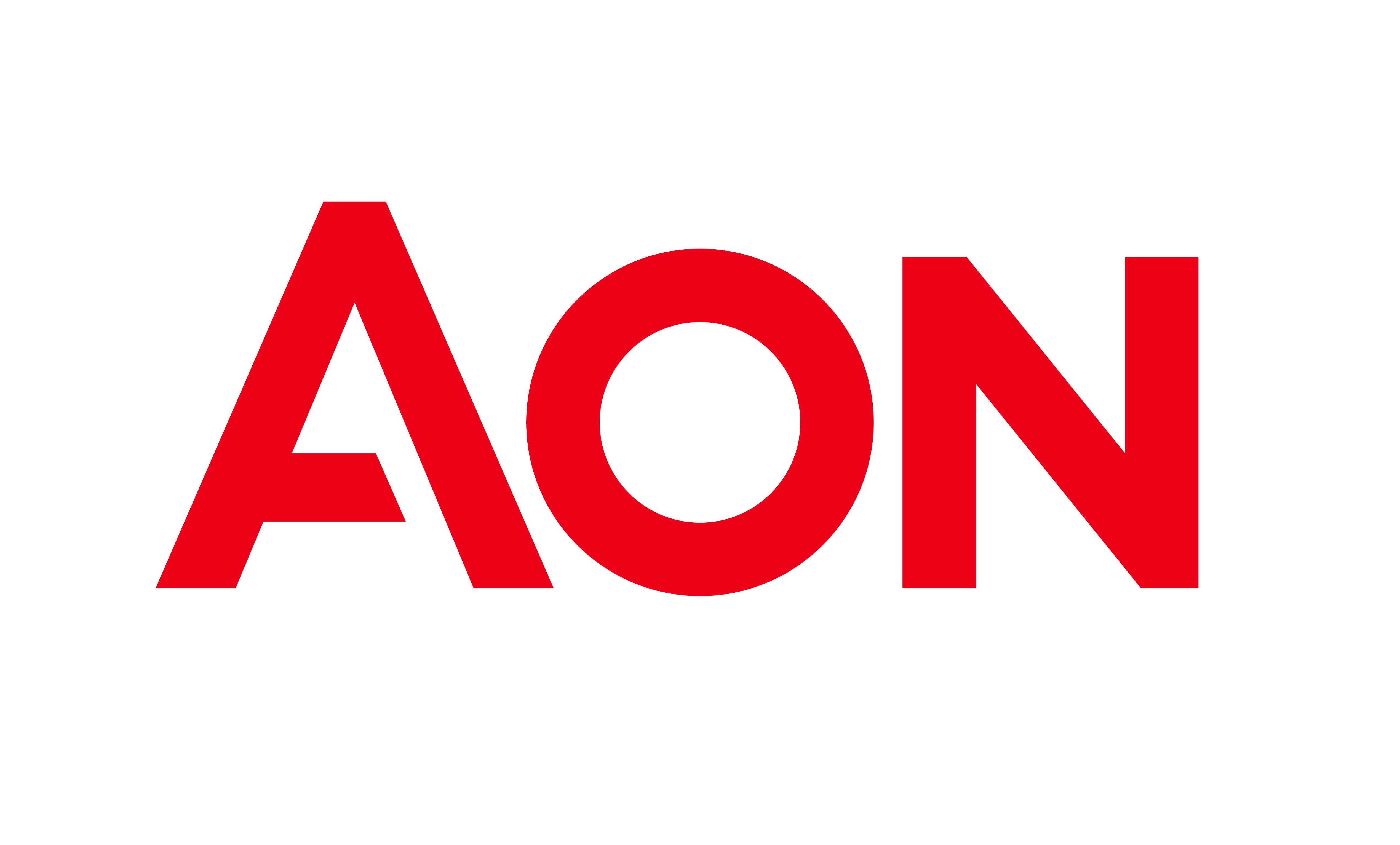It’s a truth universally known that Kerala faced the worst ravages in August this year. Unprecedented and heavy rainfall lead to 14 key districts submerged. What this meant however was loss of life, resources and infrastructure that takes toil to be built from ground up. According to the Joint Detailed Need Assessment Report by Sphere India, 474 people were reported to have lost their lives, 12.47 lakh people were displaced, and around 20,000 houses seriously damaged.
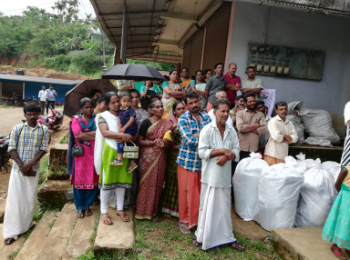
The story however lies not in what happened, but what followed next. As a part of the Finance team, under my role of Senior Finance Manager-Projects, I travelled to Kerala and Karnataka for 8 days to assess all that was planned and facilitated by OneStage post the Kerala Floods. While we were proud of our timely actions and immediate response to the situation, the purpose of my visit was to evaluate the long-term rehabilitation support that still needs to be given to the most vulnerable communities of Kerala and Karnataka.
In my visit for the 8 days I visited 4 of the worst affected districts in both the states, namely Kodagu, Alleppey, Idukki and Wayanad.
I travelled to the disaster hit villages expecting to assist our NGO partners and to ensure that various phases of distribution were carried out effectively. I had not expected that I would come back with an entirely new perspective on the aftermath of floods.
While loss or life and property might be the first hit, what follows a flood disaster is much more grave and life threatening. Communities need maximum support and attention once the water recedes. Water-borne diseases abound due to severe water contamination; can put the health of people who “survived” the flood in danger. It’s almost like a premonition to an epidemic. Livelihoods are affected and basic day-to-day survival is hit due to complete lack of infrastructure and connectivity.
What I saw was nothing less than that of a ravaged piece of land. With roads bring washed away by flood and many areas remain cut off from rest of the state, transportation remained to be a big challenge.
Just the process of travelling through restricted areas and broken down hilly terrain to reach these villages was an eye-opener towards the plight of these communities. People were reduced to travelling many kilometers to access a phone to connect, ask for help or reach out to near and dear ones.
However, ensuring that the worst hit people were reached out to despite the challenges with regards to connectivity goes a long way in showing how our partner NGOs and OneStage team pulled together to work as one.
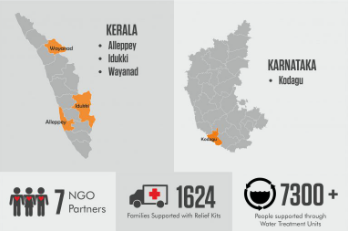
Interacting with the communities during the relief work gave me the opportunity to witness the struggles they faced in their attempts at returning to normalcy. Most people have lost every possession and remain dependent on external support for survival. I’m talking about educated and well established people who despite owning blocks of land and enough estate lacked funds to rebuild their lives. Even the slightest hint of rain would unleash fear within the community leading to a complete shutdown of any ongoing activity including schools, farming, etc.
During my stay there, it was heartening to see our NGO partners, ODP, AIFO, HAI, ChildFund, Arshbharath, VOSARD and GCCI, working very closely with gram panchayats and local municipal authorities to ensure that the relief and rehabilitation support provided met the communities’ needs. Confirmations on the support provided by us from Usha Vijayan, Panchayat member from Manathawady, Wayanad and her colleagues from other villages gave me confidence that we are doing the needful. At each distribution, the beneficiaries reiterated how the relief kits were a complete package. The provided kits had exactly what they needed to support their day-to-day lives.
Process of beneficiary selection
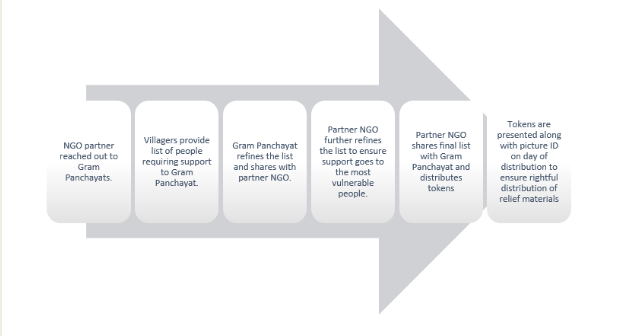
We faced our fair share of challenges too, especially when it came to reaching out to the sick or the disabled. But the superb logistical organization and coordination between our partner NGOs, gram panchayats and OneStage team made the relief work flow smoothly.
However, our work isn’t over, rather it’s merely begun. The reconstruction of Kerala will take a lot more might in terms of manpower and resources. During my interactions with Santosh Pottayil, Joy Paripalli, Alees Jose Kalathil, Suhara Murkoth, some of the villagers from Wayanad and Alleppey, local authorities and on ground partners like AIFO and HAI it became very clear that there was a wide spread need for infrastructure support, especially toilets. Lack of toilets and contamination of ground water has led to a severe need for WASH initiatives along with installation of water treatment units. Livelihoods have been affected across the state. Intervention for farmers and women entrepreneurs, especially in Wayanad, is required for long-term rehabilitation of the community. Our next step is to address these issues and keep on with the monitoring visits to ensure things come to a full circle.
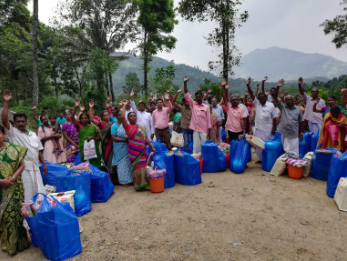
It’s been 10 days that I am back in Delhi. I must say I find myself coming to work with a renewed sense of purpose because each life that touched me in those eight days reinstated in me the determination to do more. The determination to help Kerala Build Back Better
Search
Categories
Recent Posts
- A brief visit to a project site in Gurugram
- How was OneStage born?
- ‘The plight of people moved me, and the heroic efforts of frontline workers inspired me to support COVID Relief work’
- 7 ways to take care of your Mental Health during the pandemic
- 5 things you must keep in mind before forwarding information on COVID





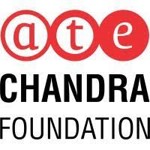

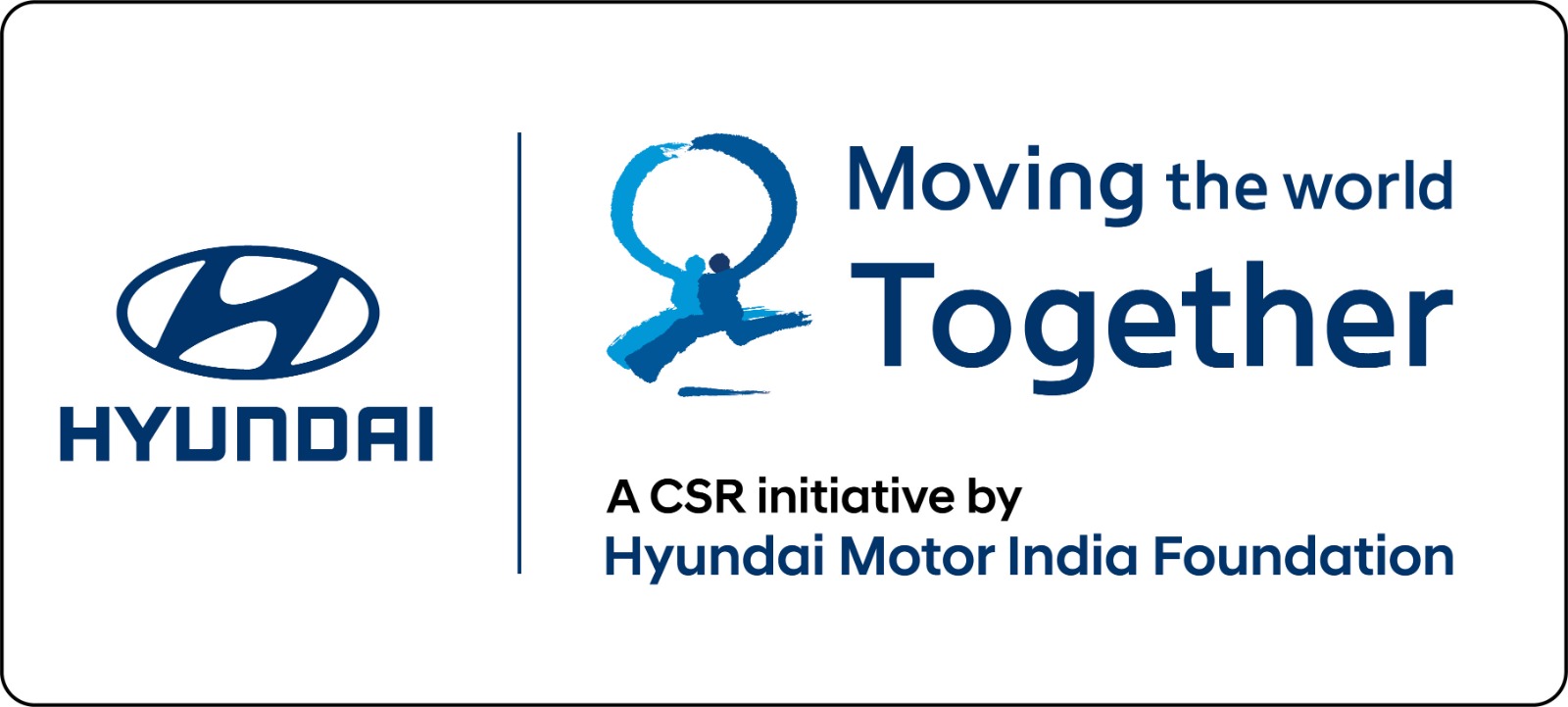



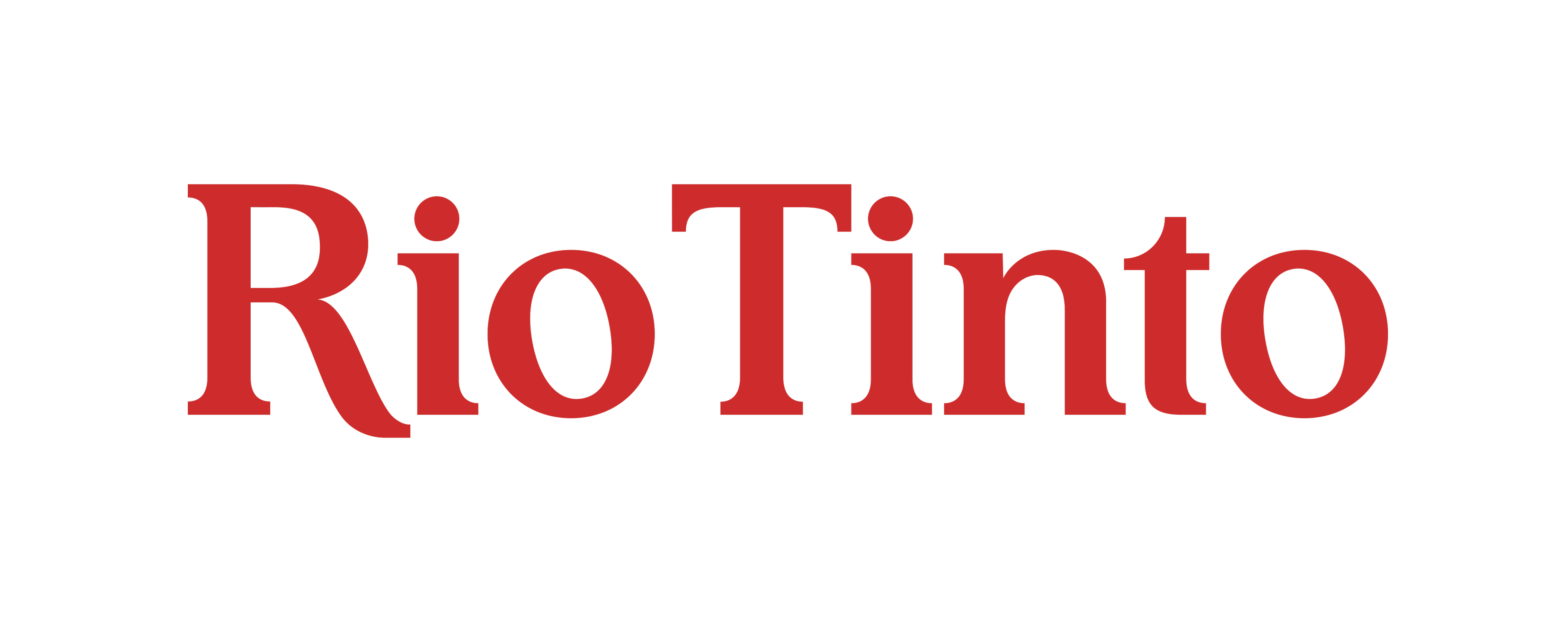
.png)

.png)

